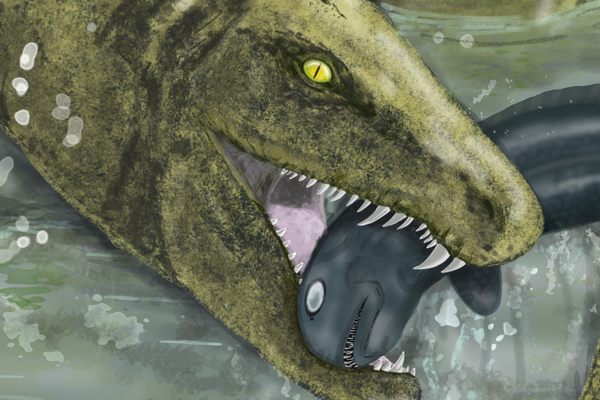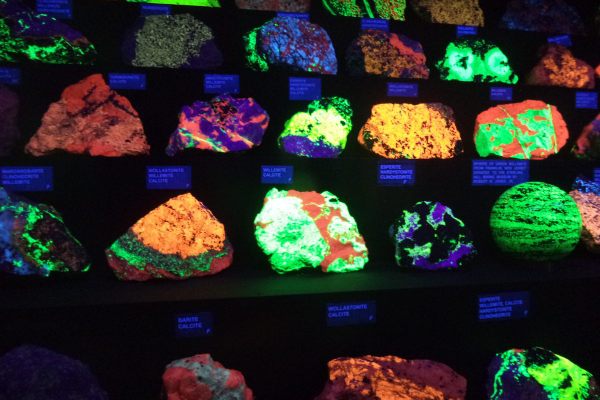How Museum Preparators Uncover Fossil Specimens
It takes a steady hand and hours of dedication.
Before majestic skeletal structures of centuries-old species are placed on display at museums, an intricate process takes place behind the scenes. Hundreds and thousands of hours are spent removing delicate fossils from bedrock.
The time-lapse video above shows Natural History Museum of Utah preparator Nathan Ong at work excavating prehistoric ribs, vertebrae, and a large Mastodon tooth. It’s a fossil preparator’s job to gently uncover and prepare paleontological specimens for both study and exhibit. Ong’s work requires careful brush, chisel, and scraping technique to extract the precious specimens.
He uses probes, scalpels, toothbrushes, dental picks, microscopes, and power tools to break away at the rock and sediment. When researchers in the field come across bones at an excavation site, they’ll dig around the specimen, wrap them in plaster, and send it to a fossil preparation lab. At the 36-second mark, you can see Ong using hand power tools to remove rocks in one of these large plaster casings. He also uses glue to mount the pieces.
“Where most people see Tyrannosaurus or Hadrosaurus, I tend to see the product of millions of hours of dedication,” Ong says in the video.
Every day we track down a Video Wonder: an audiovisual offering that delights, inspires, and entertains. Have you encountered a video we should feature? Email ella@atlasobscura.com.





































Follow us on Twitter to get the latest on the world's hidden wonders.
Like us on Facebook to get the latest on the world's hidden wonders.
Follow us on Twitter Like us on Facebook